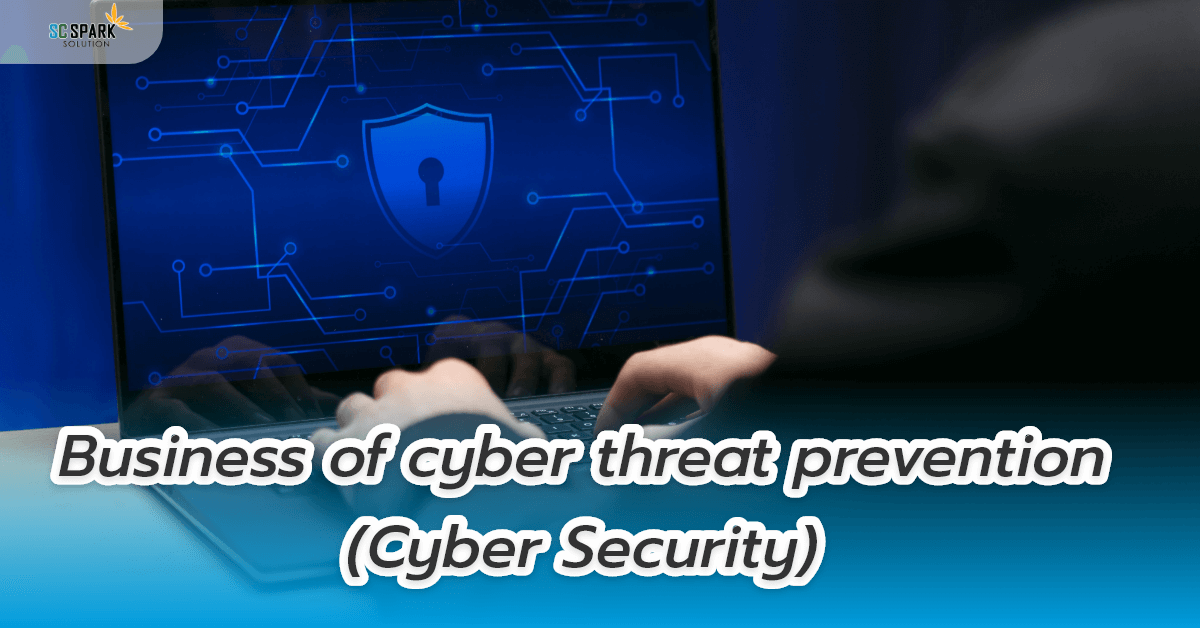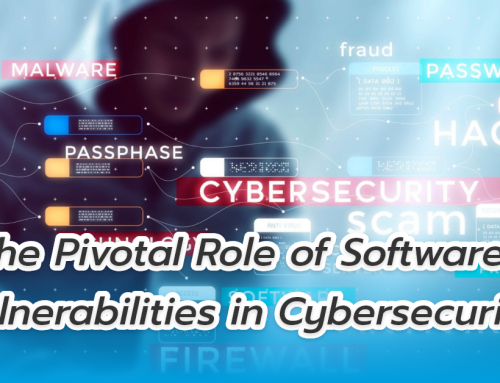Business of cyber threat prevention (Cyber Security)
In the ever-expanding digital landscape, the business of cyber threat prevention has become paramount for organizations aiming to protect their assets, data, and reputation. With the increasing sophistication of cyber threats, businesses must invest in robust cybersecurity strategies and solutions to mitigate risks and ensure a secure online environment. In this article, we delve into the multifaceted realm of cyber threat prevention, exploring the challenges, strategies, and innovations that define this critical aspect of modern business operations.
The Growing Imperative of Cyber Threat Prevention:
As technology advances, so do the tactics of cyber adversaries. Cyber threats, ranging from ransomware attacks to sophisticated phishing schemes, pose significant risks to businesses of all sizes. The consequences of a successful cyber breach can be severe, including financial losses, damage to reputation, and compromised customer trust. Consequently, businesses recognize the need to proactively invest in cyber threat prevention to safeguard their digital assets.
Key Components of Cyber Threat Prevention:
- Endpoint Security:
Endpoint security involves protecting individual devices, such as computers, smartphones, and tablets, from cyber threats. This includes deploying antivirus software, firewalls, and other tools to detect and prevent malicious activities on devices connected to a network.
- Network Security:
Network security focuses on securing the organization’s network infrastructure. Firewalls, intrusion detection and prevention systems, and virtual private networks (VPNs) are integral components of network security, safeguarding the flow of data within and outside the organization.
- Data Encryption:
Encrypting sensitive data is a critical measure to protect information from unauthorized access. This involves converting data into a coded format that can only be deciphered by authorized users with the appropriate decryption key.
- Access Control and Identity Management:
Controlling access to systems and data is fundamental to cyber threat prevention. Implementing strong authentication methods, role-based access controls, and identity management solutions ensure that only authorized individuals can access specific resources.
- Security Awareness Training:
Human error remains a significant factor in cybersecurity incidents. Security awareness training educates employees about potential threats, the importance of secure practices, and how to recognize and report suspicious activities.
- Incident Response and Recovery Planning:
Despite preventive measures, organizations must be prepared to respond to cyber incidents. Developing and regularly testing incident response and recovery plans helps minimize the impact of a breach and facilitates a swift return to normal operations.
Challenges in the Business of Cyber Threat Prevention:
- Cybersecurity Skills Gap:
The demand for skilled cybersecurity professionals far exceeds the available talent pool. Businesses face challenges in recruiting and retaining qualified individuals with the expertise to navigate the rapidly evolving threat landscape.
- Advanced Persistent Threats (APTs):
APTs, sophisticated and targeted cyber attacks often orchestrated by well-funded adversaries, present a significant challenge. Detecting and mitigating APTs require advanced threat intelligence and continuous monitoring.
- Evolving Tactics of Cybercriminals:
Cybercriminals are agile and adapt their tactics to bypass traditional security measures. Businesses must stay ahead of emerging threats and continually update their cybersecurity strategies to remain effective.
Innovations in Cyber Threat Prevention:
- Artificial Intelligence (AI) and Machine Learning (ML):
AI and ML technologies enhance the capabilities of cybersecurity systems by analyzing vast datasets to identify patterns and anomalies. These technologies enable faster threat detection, improved risk assessment, and adaptive security measures.
- Behavioral Analytics:
Behavioral analytics examines user behavior to detect abnormal patterns indicative of a potential security threat. This approach allows organizations to identify suspicious activities that may go unnoticed through traditional methods.
- Zero Trust Security Model:
The Zero Trust security model operates on the principle of “never trust, always verify.” This model assumes that threats may exist both outside and inside the network, requiring continuous verification of user identity and device security.
- Deception Technologies:
Deception technologies create decoy assets within a network to mislead and detect attackers. By luring cybercriminals into engaging with deceptive elements, organizations gain insights into their tactics, helping to proactively defend against real threats.
The Business Impact of Effective Cyber Threat Prevention:
- Protecting Reputation:
A successful cyber attack can damage a company’s reputation, leading to loss of customer trust and loyalty. Effective cyber threat prevention helps safeguard the brand image and maintains the confidence of stakeholders.
- Regulatory Compliance:
Many industries are subject to stringent data protection regulations. Implementing robust cybersecurity measures ensures compliance with these regulations, preventing legal consequences and financial penalties.
- Business Continuity:
Cybersecurity incidents can disrupt normal business operations. A proactive approach to cyber threat prevention enhances business continuity by minimizing downtime and ensuring the availability of critical systems and services.
Conclusion:
In the digital age, the business of cyber threat prevention is a fundamental aspect of organizational resilience. As cyber threats evolve, businesses must adapt, employing a combination of advanced technologies, strategic planning, and a proactive security posture. By investing in cybersecurity measures, organizations not only protect their assets but also contribute to a more secure and trustworthy digital ecosystem. The ongoing battle against cyber threats requires vigilance, innovation, and a collective commitment to secure the digital future.
For those of you who want to make an E-Commerce app, a shopping app or a Delivery app, we recommend SC-Spark Solution, an app making company. experienced With direct experience from Silicon Valley, being a company that develops more than 100 applications around the world, both custom and ready-made for you to choose from. If anyone is interested in making mobile applications or websites, you can contact here
Contact us at
Facebook : SC-Spark Solution บริการทำแอปพลิเคชั่น
“Nothing is impossible”







